10 Deadliest Mountains In The World
By: Priyanka Maheshwari Sun, 03 Sept 2023 09:44:15
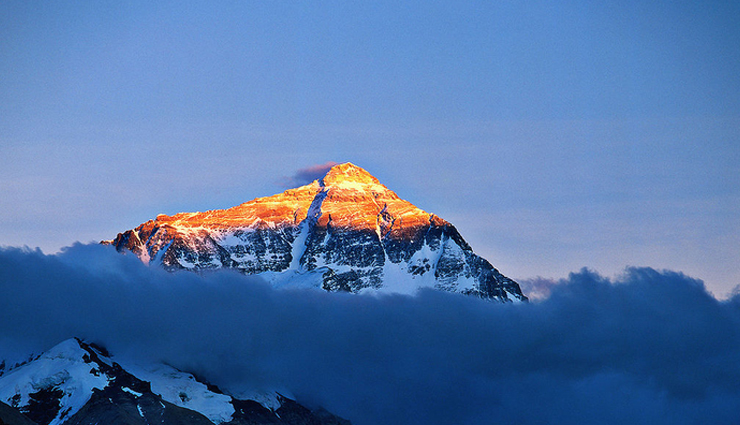
Mountains, with their towering peaks and breathtaking vistas, have always captured the human imagination. They beckon adventurers, explorers, and thrill-seekers, promising a profound connection with nature and the ultimate test of human endurance. Yet, behind their grandeur lies an ominous reality: some mountains are not just majestic but also deadly. These formidable giants, with their treacherous terrains, unforgiving weather conditions, and perilous altitudes, have claimed the lives of daring climbers throughout history. In this exploration of the world's deadliest mountains, we venture into a realm where the pursuit of glory comes with the highest of stakes, where every step is a gamble, and where the beauty of nature can quickly turn into a battle for survival. Join us as we delve into the awe-inspiring and perilous world of the ten deadliest mountains on our planet.
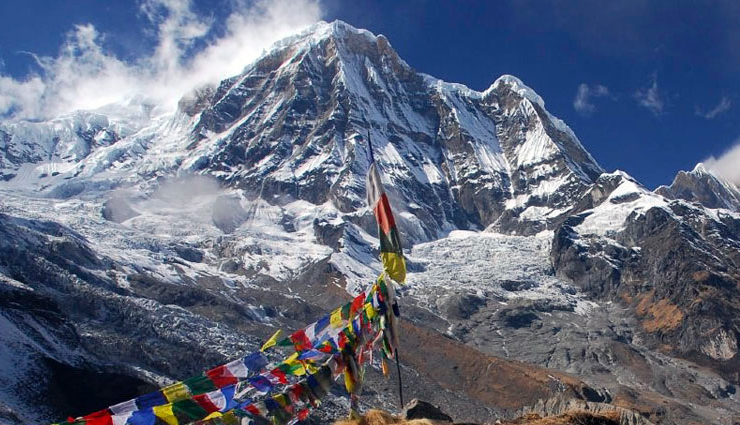
# Annapurna I, Nepal
Annapurna I is a formidable mountain located in Nepal and is renowned as one of the most dangerous 8,091 meters (26,545 feet) peaks in the world. Its reputation for danger stems from a combination of factors, including unpredictable weather patterns, frequent avalanches, and challenging icefalls. Climbers who attempt to conquer Annapurna I face treacherous terrain and extreme altitudes, making it a daunting ascent. This mountain has claimed the lives of many experienced mountaineers, contributing to a high fatality rate of approximately 32%. Despite its inherent risks, Annapurna I continues to attract adventurers and mountaineers who seek to test their limits in the pursuit of reaching its summit.
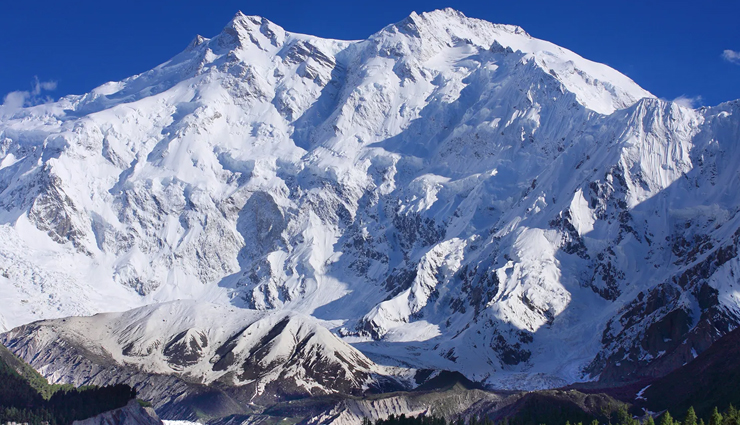
Nanga Parbat, Pakistan
Nanga Parbat, often referred to as the "Killer Mountain," is a highly dangerous peak located in Pakistan. With a fatality rate of approximately 21%, it has earned its notorious reputation in the world of mountaineering. Climbers attempting Nanga Parbat contend with its steep slopes, frequent avalanches, and unpredictable weather conditions. The mountain's name reflects the perilous nature of the ascent, as it has claimed the lives of numerous experienced climbers. Nanga Parbat remains a formidable and challenging destination for those seeking to test their mountaineering skills and courage.
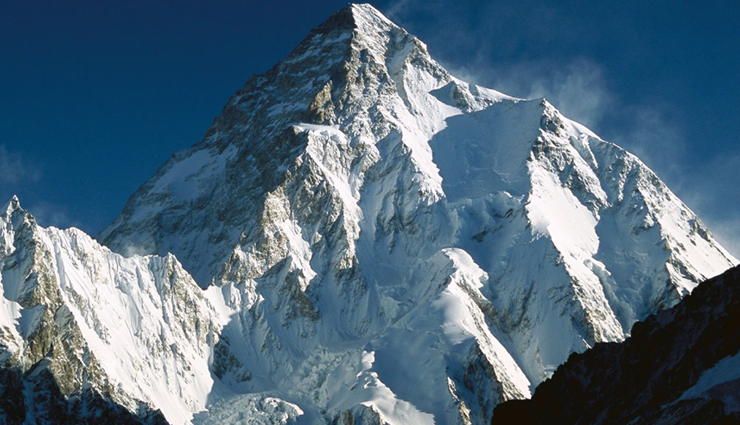
# K2, Pakistan-China Border
K2, situated on the Pakistan-China border, is the second-highest mountain in the world and is renowned for its extreme technical difficulty and unforgiving conditions. With a fatality rate of around 23%, it ranks among the deadliest peaks on the planet. Climbers attempting K2 face numerous challenges, including unpredictable weather, treacherous avalanches, and technical climbing routes that require a high level of skill and experience. The combination of these factors makes K2 a formidable and dangerous mountain, attracting only the most experienced and daring mountaineers willing to take on the risks it presents.
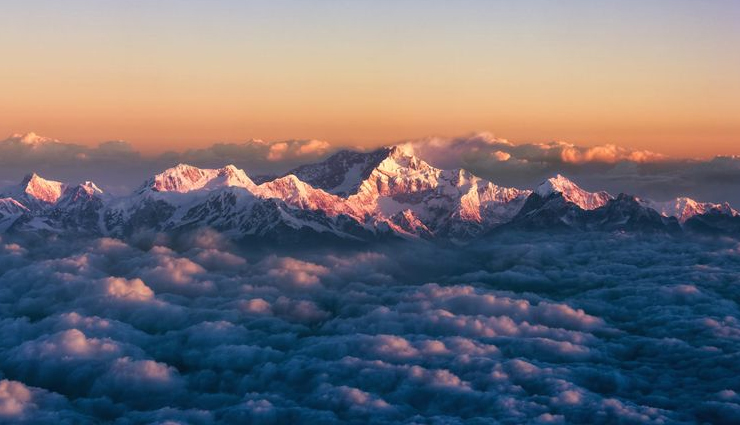
# Kangchenjunga, Nepal-India Border
Kangchenjunga, located on the border between Nepal and India, is the third-highest mountain in the world. It presents a formidable challenge to climbers due to its harsh conditions, including avalanches, crevasses, and unpredictable weather. With a fatality rate of around 20%, it ranks among the deadliest mountains on Earth. Despite its breathtaking beauty, Kangchenjunga demands a high level of mountaineering skill and experience from those who attempt to reach its summit, making it a daunting and perilous destination for adventurers.
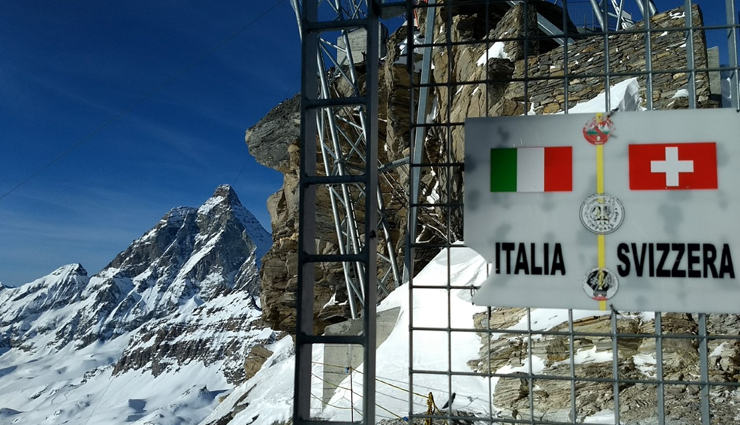
# Matterhorn, Switzerland-Italy Border
The Matterhorn, situated on the border between Switzerland and Italy, is one of Europe's most iconic and deadliest peaks. Its distinctive pyramid shape has long attracted climbers, but it is treacherous and unforgiving. The mountain poses numerous dangers, including unpredictable weather, avalanches, and challenging rock faces. With a fatality rate of approximately 14%, it stands as a formidable challenge for mountaineers. Despite its allure and stunning vistas, the Matterhorn requires a high level of skill and experience, making it a perilous yet enticing destination for those seeking the ultimate climbing adventure.
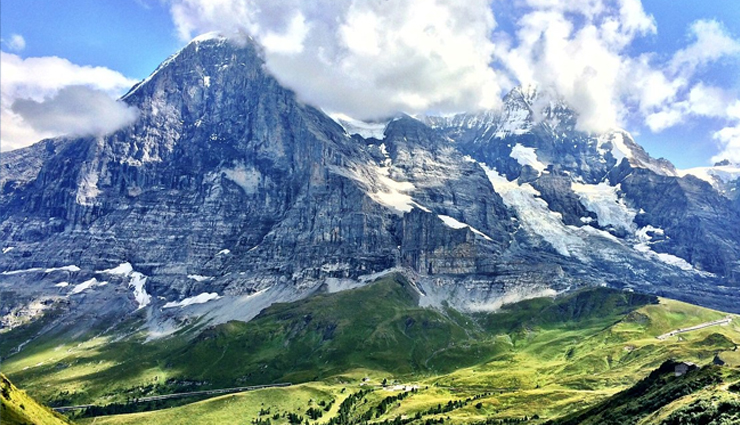
The Eiger, Switzerland
The Eiger, located in Switzerland, is famous for its notorious North Face, which has earned a reputation as one of the most challenging climbs in the world. This mountain's vertical ice and rock faces, coupled with unpredictable weather conditions, contribute to its danger. The Eiger has a fatality rate of approximately 8%, making it a perilous ascent. Despite the risks, it attracts experienced climbers who are drawn to its technical difficulty and the allure of conquering this formidable Swiss peak. The Eiger remains a symbol of mountaineering achievement and adventure in the heart of the Alps.
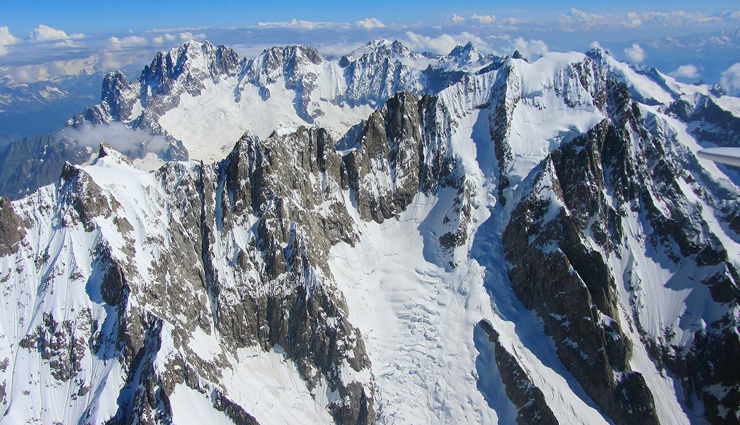
# Mont Blanc, France-Italy Border
Mont Blanc, situated on the border between France and Italy, is Western Europe's highest peak and a popular climbing destination. However, it has earned a reputation for danger due to its steep terrain, unpredictable weather conditions, and crowded climbing routes. With a fatality rate of around 2.8%, Mont Blanc is not among the deadliest mountains, but it has claimed the lives of climbers, including experienced ones. Its accessibility and scenic beauty attract mountaineers, but successful ascents require careful planning, skill, and respect for the mountain's inherent risks.
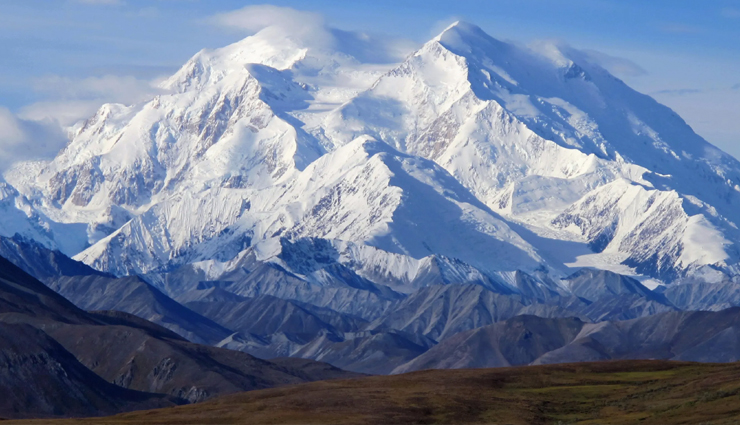
# Denali (formerly Mount McKinley), Alaska, USA
Denali, previously known as Mount McKinley, is the highest peak in North America and a challenging mountaineering destination in Alaska, USA. Climbers who attempt to conquer Denali face extreme cold, high altitudes, and unpredictable weather conditions, making it a formidable and dangerous climb. While Denali's fatality rate stands at approximately 1.3%, it has claimed the lives of experienced mountaineers, highlighting the need for thorough preparation and skill. The remote wilderness and unique challenges of Denali contribute to its allure for adventurers, but they must be well-equipped and knowledgeable to navigate its hazards safely.
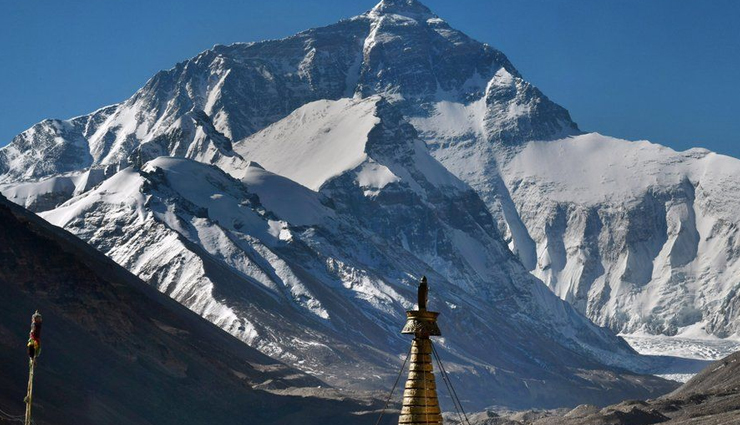
# Mount Everest, Nepal-China Border
Mount Everest, located on the border between Nepal and China, is the highest peak in the world and an iconic destination for mountaineers. However, it is also one of the most dangerous. Climbers who attempt to reach Everest's summit face numerous hazards, including thin air, extreme cold, avalanches, and altitude sickness. While Everest's fatality rate is approximately 2.1%, the sheer number of climbers attempting the ascent increases the risks. Despite its allure and prestige, scaling Everest requires meticulous preparation, physical fitness, and mental resilience. It remains a challenging and perilous endeavor, attracting adventurers willing to test their limits against the world's highest mountain.
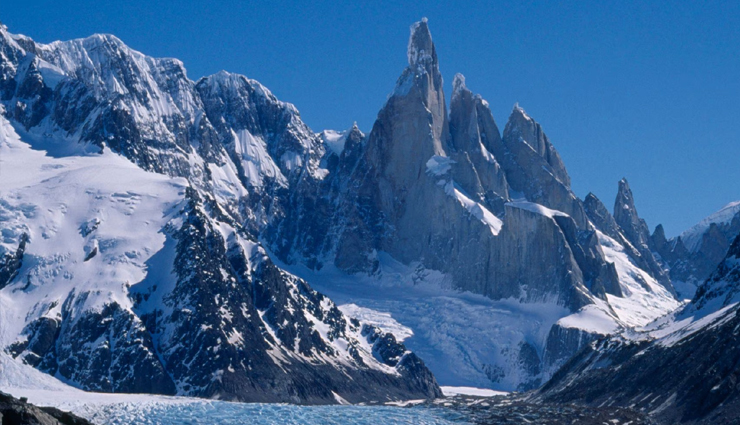
# Cerro Torre, Argentina
Cerro Torre, located in Patagonia, Argentina, is a mountain renowned for its iconic spire and extreme climbing difficulty. Although it is not among the deadliest mountains, it presents a formidable challenge to climbers due to its unpredictable weather conditions and the technical prowess required to ascend its steep rock and ice faces. With a fatality rate of approximately 1.4%, Cerro Torre attracts experienced mountaineers seeking to test their skills in a remote and challenging environment. Accessible only by arduous trekking, it remains a symbol of mountaineering excellence and adventure in the Patagonian wilderness.





